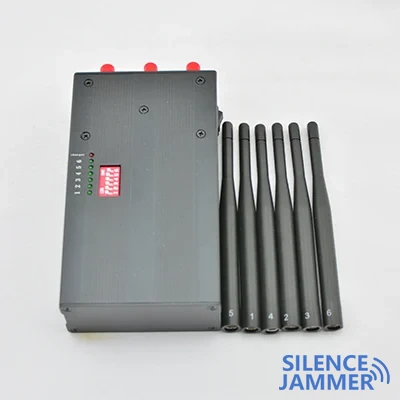As the core component of security and surveillance systems, surveillance cameras are widely used in homes, businesses, and public places. However, there may be times when it is necessary to temporarily disable a security camera to protect privacy or conduct certain legal activities.

physical occlusion
1. Occlusion objects
The most direct method is to use blocking objects, such as cloth, paper, tape, etc., to directly cover the camera lens. This method is simple and effective, but easy to detect.
2. Spray masking
A special spray is used to spray a blocking film on the camera lens, making it unable to capture clear images. This method can temporarily disable the camera, but the lens needs to be cleaned after spraying, otherwise it may affect the long-term use of the camera.
optical interference
1. Laser interference
Laser jammers emit high-energy laser beams that directly illuminate the camera lens, making it impossible to capture clear images. Laser jammers have the following characteristics:
High precision: can accurately target specific cameras.
Portability: Handheld laser jammers are easy to carry and use.
However, when using laser jammers, care must be taken to avoid permanent damage to the camera and to ensure legal use.
2. Strong light exposure
Shining a bright flashlight or spotlight directly on the camera lens can overexpose the camera and prevent it from capturing a valid image. This method works for short periods of disturbance, but the camera can be partially restored by adjusting the exposure settings.
Wireless signal interference
1. Wi-Fi signal jammers
For wireless network cameras, Wi-Fi jammers can emit powerful interference signals and block the communication between the camera and the router. The advantages of Wi-Fi jammers include:
Wide coverage: can interfere with multiple devices at the same time.
Strong effectiveness: able to completely block wireless communications.
2. Bluetooth signal jammer
Bluetooth jammers are specifically designed to interfere with the transmission of Bluetooth signals. If a surveillance camera relies on Bluetooth for data transmission or control, you can use a Bluetooth jammer to disable it.
3. Cell phone signal jammer
Cell phone signal jammers can interfere with cameras that use 4G, 5G and other mobile networks to transmit data. This device blocks the camera's communication by emitting a powerful signal in the same frequency band as the mobile phone signal to cover the target signal.
Electronic interference
1. Electromagnetic interferer
Electromagnetic jammers emit powerful electromagnetic waves to interfere with the electronic circuit of the camera, making it unable to work properly. This method requires specialized equipment and techniques and is usually used for special occasions.
2. Ultrasonic jammer
Ultrasonic jammers interfere with the camera's sensors or electronic components by emitting high-frequency ultrasonic waves, making it unable to capture images normally. This method is relatively rare, but can be effective in jamming cameras under certain circumstances.
Cyber attacks
Cyber attacks are an efficient and covert method for webcams. Hackers can disable cameras in the following ways:
DDoS attack: Sending a large number of requests to the camera, saturating its network bandwidth and preventing it from functioning properly.
Vulnerability Exploitation: Exploiting vulnerabilities in camera firmware or software to remotely control or turn off the camera.
This method requires a high technical level, and the illegal use of cyber attack methods is illegal and may lead to serious legal consequences.
There are many ways to disable surveillance cameras, including physical obstruction, optical interference, wireless signal interference, electronic interference and cyber attacks. Each method has its advantages, disadvantages and applicable situations. When using these methods, it is important to ensure legal compliance and consider the privacy and security of others. The scientific and reasonable use of these technologies can effectively protect personal privacy and respond to special situations.


